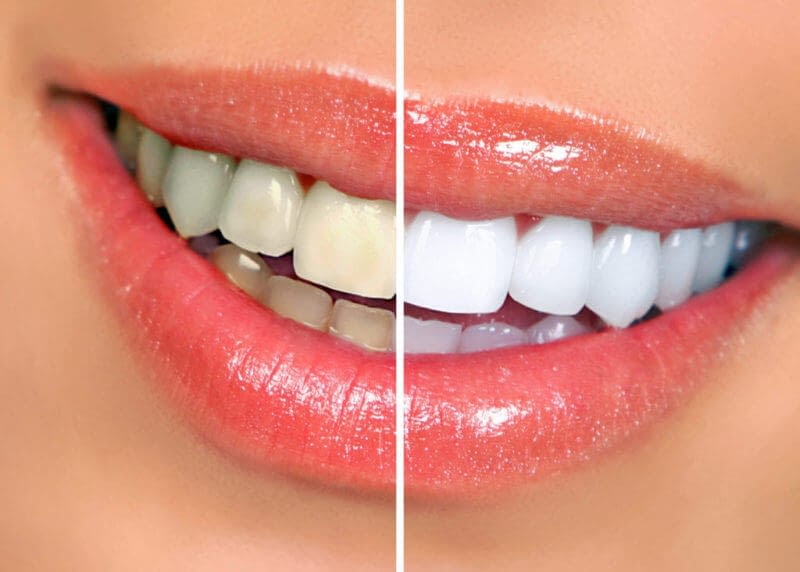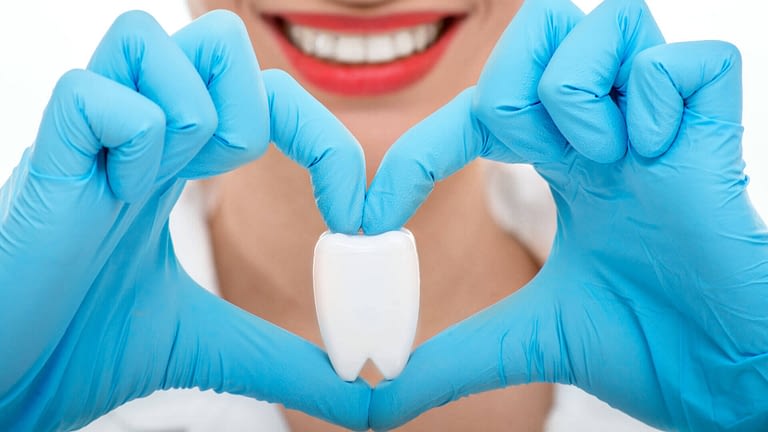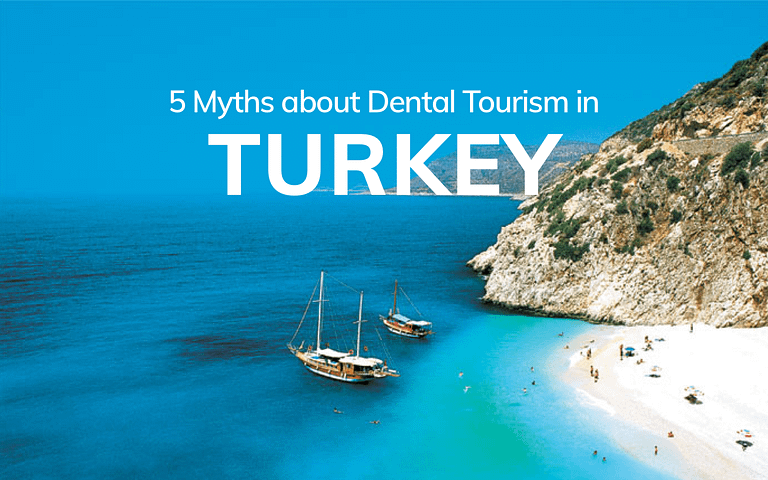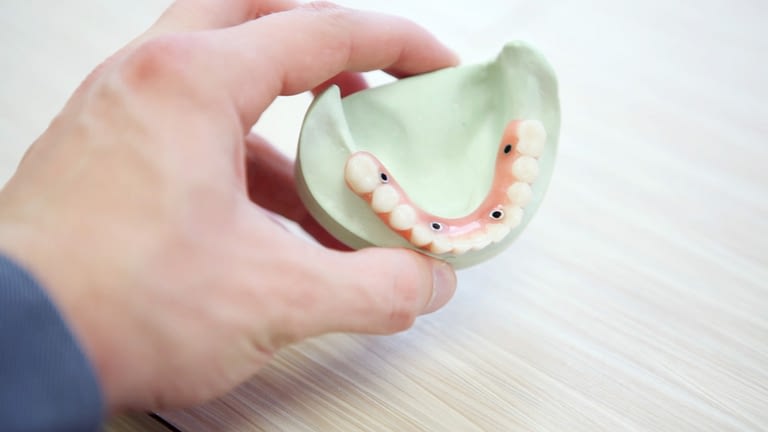What Can Cause Tooth Discoloration?
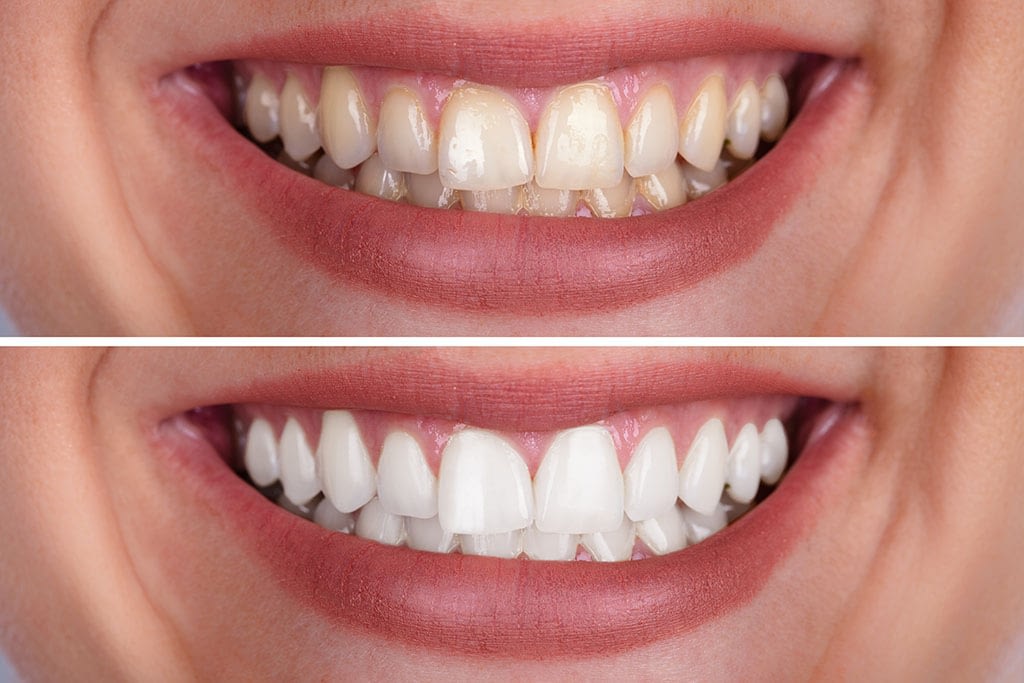
Tooth discoloration may create a lot of shame and make people feel self-conscious when they smile. It’s vital to realize that no one’s teeth are inherently white. It’s natural for our teeth to dull as we get older. The natural aging process causes teeth to become discolored when the outer enamel wears away, revealing the natural color of the dentin beneath. However, significant lifestyle variables play a big role in tooth discoloration, and it’s vital to know what they are. In this article, you will get information about tooth discoloration and how to prevent and treat it.
Tooth Discoloration Causes
We need to know what caused the discoloration in the first place before your dentist can choose the best approach to whiten your smile. Tooth staining can be caused by a variety of factors, so it’s vital to figure out what’s causing your condition so that treatment can be tailored accordingly. The following are some of the most common reasons for tooth discoloration:
Diet:
Tooth staining can be caused by foods and liquids including red wine, coffee, tea, and spaghetti sauce.
Smoking:
Tobacco not only raises the risk of gum disease, but it may also yellow your teeth.
Poor Oral Hygiene:
Tooth discoloration is caused by failing to brush and floss on a daily basis or not brushing thoroughly enough.
General Health:
There’s a well-known relationship between dental and general health, and some whole-body health issues can impact the color of your teeth. Teeth discoloration can be caused by certain diseases and treatments, such as cancer and chemotherapy. Discoloration can also be caused by over-the-counter medicines like allergy medicine.
Age:
Your dental enamel thins as you get older, revealing the dentin beneath, which likewise yellows with time.
Trauma, fluorosis, genetics, and prior dental treatment are all possible reasons for tooth discoloration.
Types of Tooth Discoloration
Tooth discoloration can be caused by surface stains, material changes in your teeth, or a mix of the two. Tooth discoloration can be divided into three types, according to dentists:
Extrinsic Tooth Stains:
An extrinsic tooth stain is a stain that appears on the tooth’s surface. It happens when stain particles accumulate in the protein layer that protects the tooth enamel. Tobacco usage, as well as consuming coffee, tea, wine, or cola beverages daily, are common causes of extrinsic teeth stains. Regular dental cleaning and brushing with whitening toothpaste will help to remove this sort of discoloration.
Intrinsic Teeth Stains:
An intrinsic tooth stain is one that occurs behind the tooth’s surface. It happens when stain-causing particles penetrate the tooth’s surface and collect within the enamel. Excessive fluoride consumption has also been linked to obesity, particularly in youngsters. It’s more difficult to remove an inherent tooth discoloration, but it can be done.
Teeth Stains Caused by Age:
Teeth stains caused by age include the effects of both intrinsic and extrinsic tooth discoloration. Teeths darken with age because the dentin, the inner tissue of your teeth, naturally yellows. The enamel that protects our teeth thins with age, enabling the dentin to peek through. Most adults’ teeth will darken with age due to intrinsic factors such as the impacts of certain meals, beverages, and cigarettes.
How to Prevent Tooth Discoloration?
Extrinsic tooth discoloration can be avoided by following a proper oral care regimen. Brushing your teeth after each meal is part of this. Dentists also advise washing your mouth with water immediately after ingesting stain-causing foods or beverages such as coffee, wine, or acidic beverages. Extrinsic stains can also be removed by seeing a dental hygienist every six months for a thorough clean.
How to Treat Tooth Discoloration?
Depending on the reason for tooth discoloration, several treatment methods are available. The first step is to clean and floss your teeth on a regular basis. Stain-causing foods and beverages should be avoided at all costs. Tooth discoloration can also be addressed using over-the-counter whitening solutions. A mild bleach solution is put to a mouthpiece that adheres to your teeth in these items. Whitening toothpaste can help remove minor stains, but they don’t affect the color of your teeth overall. If you want a more powerful treatment, see your dentist. Your dentist will professionally apply a strong light-activated bleaching chemical to your teeth. Your teeth will get substantially whiter in 30–45 minutes with this approach.
When You Should See a Dentist?
It’s a good idea to follow up with your dentist if you detect a change in the color of your teeth that doesn’t improve with a whitening solution. If you have only one discolored tooth, it might be the result of a cavity or an injury to the interior of the tooth. The sooner these concerns are addressed by your dentist, the better the outcome will be. See your dentist twice a year for regular checkups to maintain your teeth healthy. Problems are frequently identified during these consultations. It is possible to avoid the problem from getting more complex if therapy is started early.
Hope this article will help you find out the tooth discoloration. You can read our previous post on https://dentalguideturkey.com/how-permanent-are-dental-treatments/

